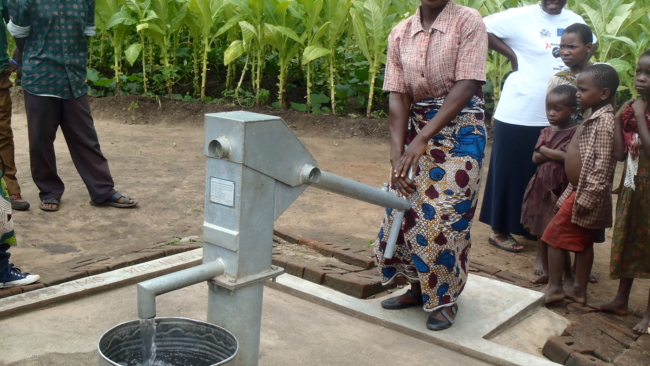Optimal Borehole Depth for Residential Water Supply Projects: A Comprehensive Guide
Strategies for Triumphing Over Challenges in Borehole Projects
Borehole drilling for residential water supply is a common practice, but determining the optimal depth is crucial for a sustainable and reliable water source. We explore the factors influencing borehole depth and the considerations for residential projects and Borehole Installation Gwynedd as well.
Understanding the geological conditions of the area is fundamental to determining the optimal borehole depth. Geological surveys can provide valuable insights into the composition of the soil and rock layers, helping engineers identify the ideal depth for water sourcing.
The water table, the level at which the ground is saturated with water, is a critical factor in borehole depth determination. Contractors need to drill deep enough to reach a level below the water table to ensure a consistent and reliable water supply throughout the year.
Assessment of the aquifer characteristics is essential. Different aquifers have varying capacities and recharge rates. Contractors must understand the specific aquifer properties in the drilling location to determine the depth that ensures sustained water yield without depleting the aquifer.
Anticipating the water demand of the residential project is crucial for determining borehole depth. Larger households or communities may require deeper boreholes to meet increased water needs. A careful analysis of projected water usage helps in sizing the borehole appropriately.

Climate conditions and rainfall patterns directly impact borehole depth. In arid regions, where rainfall is scarce, deeper boreholes may be necessary to tap into deeper aquifers. Conversely, in areas with abundant rainfall, shallower boreholes might be sufficient.
Local regulations may specify minimum and maximum borehole depths for residential projects. It is essential to comply with these regulations to ensure the sustainability of water sources and avoid any legal implications.
Engaging in hydrogeological studies provides in-depth information about groundwater movement and aquifer characteristics. These studies help in making informed decisions about borehole depth, ensuring the long-term viability of the water supply.
Contractors often consider the depth-to-yield ratio, which is the relationship between the depth of the borehole and the amount of water it yields. Balancing this ratio is crucial to prevent over-extraction and depletion of the water source.
Assessing potential contaminants in the upper layers of the ground is essential. If the upper layers contain pollutants, drilling deeper may be necessary to access cleaner and safer water sources.
Consider the potential for future expansion and the overall sustainability of the water source. Designing the borehole with future needs in mind ensures that the residential project remains well-equipped to meet increasing water demands over time.